Ukraine Finally Gets Its First Challenger And Leopard 2 Tanks, And Russia Expects A Counterattack
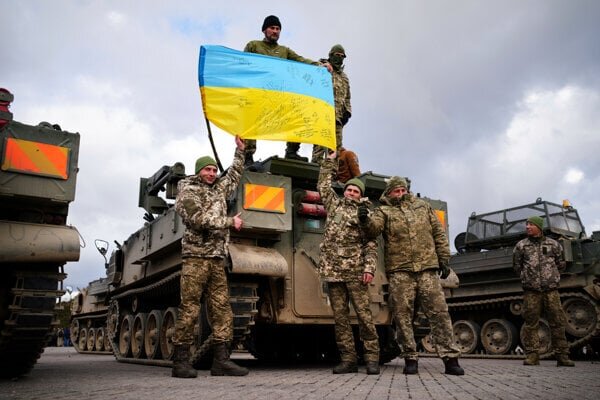
- In a recent post, Russian military blogger Rybar said that Ukrainian authorities have made it hard for reporters to get close to the front lines in several places.
- Russian commentators think that these kinds of statements could be part of a plan to trick the enemy before a big attack.
This week, long-awaited Western tanks, including British Challengers, finally arrived in Ukraine. This gave people hope that an offensive to free occupied land might be coming soon.
“It was a pleasure to drive the first Ukrainian Challenger 2 MBT,” said Oleksii Reznikov, the defense minister of Ukraine, in a video message to Ben Hodges, the defense minister of the UK. The video showed Reznikov driving one of the 14 tanks that the UK had promised. “These amazing war machines will soon start their fights.”
Also from Germany, 18 more Leopard 2s have been sent. Spain, Poland, and Sweden, among others, have sent or promised to send the same model.
The US is moving quickly to send M1A1 Abrams tanks, after having already sent 31 of its best M1A2 tanks.
It was a pleasure to take the first Ukrainian Challenger 2 MBT for a spin.
Such tanks, supplied by the United Kingdom, have recently arrived in our country.
These fantastic machines will soon begin their combat missions.
Thank you, @RishiSunak, @BWallaceMP, and the 🇬🇧 people. pic.twitter.com/zoCRmKdBnN— Oleksii Reznikov (@oleksiireznikov) March 28, 2023
There are hundreds of armored infantry fighting vehicles in Ukraine or on their way there. These include the US Bradley and the German Marder.
The tanks’ arrival is the end of a long process. First, Ukraine asked its partners for modern tanks, which presidential advisor Mikhail Podolyak called “the key to ending the war” in January. Then, its soldiers were trained to use the tanks in camps across Europe, including the UK.
Allies are very optimistic about Ukraine’s future. Lloyd Austin, who is the US secretary of defense, said that an offensive could happen soon and lead to gains.
He said on Tuesday, “I think the fighting will get worse in the spring as the conditions for moving around get better.” “Ukraine has a great chance of succeeding.”
Mr. Austin said that the assessment was based on the fact that Russia is still losing tanks in its offensive across the Donbas front in eastern Ukraine. Some estimates say that Moscow has lost around 2,000 tanks during the invasion.
People have seen videos of Russian tanks from after the Second World War being taken out of storage and sent to the front. These could go up against the best Western models, which have better protection, weapons, and the ability to move around.
But expectations should be kept in check, said Mykola Bielieskov of Kyiv’s National Institute for Strategic Studies, a think tank that advises Ukraine’s government. He said that the counterattack might not happen until May or June.
“We need more time to learn and get everything that Nato countries promised,” he told i. “Don’t think of the offensive as something that will happen soon. It won’t happen until at least the second half of the second quarter of this year.”
Both sides were thought to have lost thousands of soldiers during the long battle for Bakhmut, which lasted for more than seven months. It was thought that this drained Ukraine of the resources it needed for a successful counterattack.
But the Ukraine has reserve units that are working with new equipment from the West and waiting for the right time to strike.
Mr. Bielieskov said, “A window of opportunity is about to open because Russia’s offensive is coming to an end without much progress and big losses, and Russia’s leaders haven’t called for a new mass mobilization to support the front line.”
He did say, though, that Ukraine still needs more tools to be sure that a counterattack will work. Kyiv is still looking for fighter jets and long-range missiles.
🎥Russia is reportedly transferring T-55 tanks towards the front in Ukraine.#UkraineRussiaWar pic.twitter.com/3m37KJOSEB
— MilitaryLand.net (@Militarylandnet) March 22, 2023
Ben Hodges, who used to lead the US Army and is now retired, agreed that Western allies should do more. “The arrival of Western tanks and other armored weapons will make it easier for Ukraine to launch a combined-arms attack this summer that can break through Russian defenses,” he said.
But “long-range precision strike capability” would give Ukraine “the ability to hit Russian headquarters, ammunition storage sites, and transportation networks,” Commander Hodges said.
This would make Moscow’s advantage in long-range firepower less important and make it possible to free territory, including possibly Crimea, he said.
Volodymyr Zelensky’s recent comments seem to downplay the chances of a soon-to-come offensive. Instead, he warns of the threat of defeat if allies fail.
“The U.S. really gets that if they stop helping us, we won’t win,” the President of Ukraine said on Wednesday.
But Russian commentators think that these kinds of statements could be part of a plan to trick the enemy before a big attack. Rumors about new Ukrainian attacks are circulating on Russian Telegram channels.
In a recent post, Russian military blogger Rybar said that Ukrainian authorities have made it hard for reporters to get close to the front lines in several places. He also warned that decoy attacks could be used “to distract Russian troops from the main strike.”

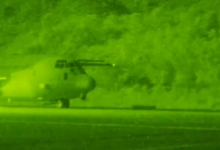
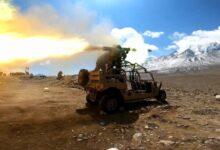
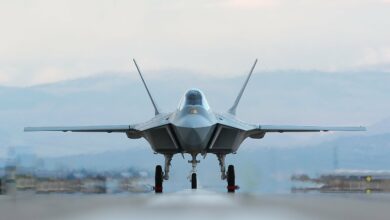
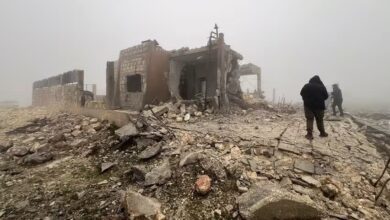
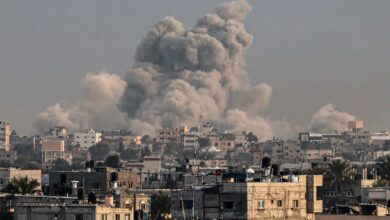
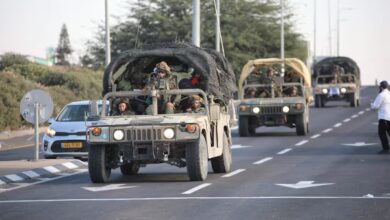
Facebook Comments